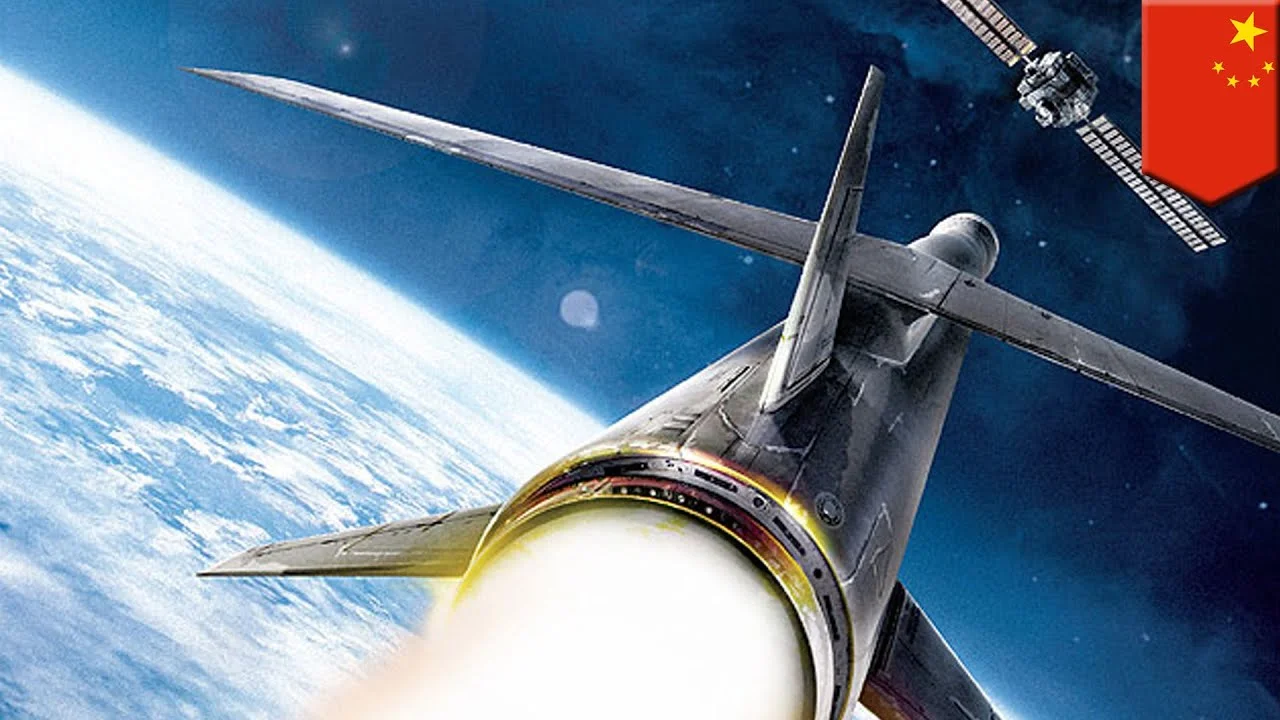China is building a railway to launch hypersonic planes into space
- March 21, 2024
- 0
Since the launch of the rockets, China has been working on launching a manned spacecraft the size of a Boeing 737 weighing 50 tons using electromagnetic rails. This
Since the launch of the rockets, China has been working on launching a manned spacecraft the size of a Boeing 737 weighing 50 tons using electromagnetic rails. This

Since the launch of the rockets, China has been working on launching a manned spacecraft the size of a Boeing 737 weighing 50 tons using electromagnetic rails. This extremely ambitious project is much more ambitious than it seems at first glance.
Whether you call it raysotron, catapult, or mass propulsion, the idea of replacing the rocket with an electromagnetic booster is a very attractive option. Rather than taking off with chemical rockets that have to carry fuel, takeoff fuel, and extra fuel, it makes more sense to keep as much of the launch system on the ground as possible while keeping the vehicle as light as possible. possible.
The principle behind such a space railway is simple, but the details are surprisingly complex and the numbers get terrifying very quickly. If China can continue to use such a system to launch spacecraft as part of the Tengyun project, which started in 2016, it would be one of the greatest engineering achievements in history.
According to China’s official media, there are plans to build an electromagnetic launch pad that could accelerate spacecraft to Mach 1.6 and even Mach 5. After taking off, the vehicle will fire its rocket engines. and continue accelerating to orbital velocity.
That means not only creating a spacecraft compatible with such a railgun, but also a launch vehicle that can keep overloads, vibrations, and other variables within safe tolerances for human passengers. Similar systems have been researched by NASA, but they are more focused on reliable, blunt, robotic payloads that can withstand a lot of punishment.
The new system is being developed by the Aircraft Technology Research Institute of the China Aerospace Science and Industry Corporation (CASIC), which is reportedly building a two-kilometer (1.2-mile) test track in Datong in Shanxi province. The description suggests that it is about the same size as the Hyperloop test track previously located in Nevada outside Las Vegas, which was sealed in a similar vacuum tube. The track can currently reach speeds of 620 mph (1,000 km/h) and will be expanded to five times that speed.
Turning this into a viable space launch system would be difficult, to say the least. This will not just be a matter of expanding the technology, requiring significant advances not only in the Railsotron itself, but also in control systems, power supplies, and even how to build the components to be invented.
One problem is that the railgun, which can reach speeds of Mach 1.6 with passengers present, must be at least five miles (8 km) long. And a much longer time if it wants to reach Mach 5. Not only are these a lot of electromagnets that would need to be cryogenically cooled, they would also need to be sealed in the largest vacuum chamber ever created, and huge pumps would be needed to maintain that vacuum. This tube chamber would also need a very special airlock to enable the vehicle to accelerate to supersonic speeds. If it doesn’t work perfectly, many bad energy-related accidents can occur near tactical nuclear weapons.
Then there is the issue of power. Rail drones used to launch fighter jets from the aircraft carrier USS Gerald R. Ford use 121 megajoules of energy to accelerate the aircraft to 141 mph. To accelerate the same mass to Mach 5, the Chinese Railsotron would need a staggering 50,000 megajoules of power. And the proposed space plane needs to be at least 10 times heavier.
This means that a space weapon would need a nuclear power plant to produce one gigajoule per second to operate, and an entirely new supercapacitor generator would be needed to store the energy. The Hochfeld-Magnetlabor Dresden High Magnetic Field Laboratory Dresden has a state-of-the-art capacitor bank that can withstand a world record of 50 megajoules. China Railsotron needs to increase this a thousandfold.
This will require not only remarkable fundamental advances in some already advanced engineers, but also the construction of an entirely new industrial infrastructure capable of producing such machines. And that doesn’t even include the sensors and computer systems needed to monitor and control all of the railway’s subsystems in real time.
The Chinese claim that if Railsotron is successful, the cost of launching it into orbit will drop to $60 per kg. This is a revolutionary reduction even compared to SpaceX’s $3000 per kg. Source: South China Morning Post
Source: Port Altele
As an experienced journalist and author, Mary has been reporting on the latest news and trends for over 5 years. With a passion for uncovering the stories behind the headlines, Mary has earned a reputation as a trusted voice in the world of journalism. Her writing style is insightful, engaging and thought-provoking, as she takes a deep dive into the most pressing issues of our time.